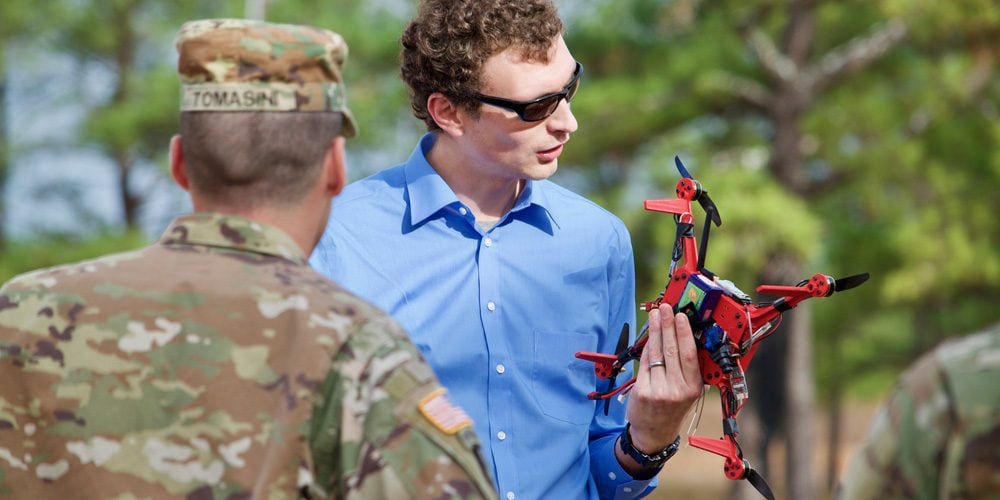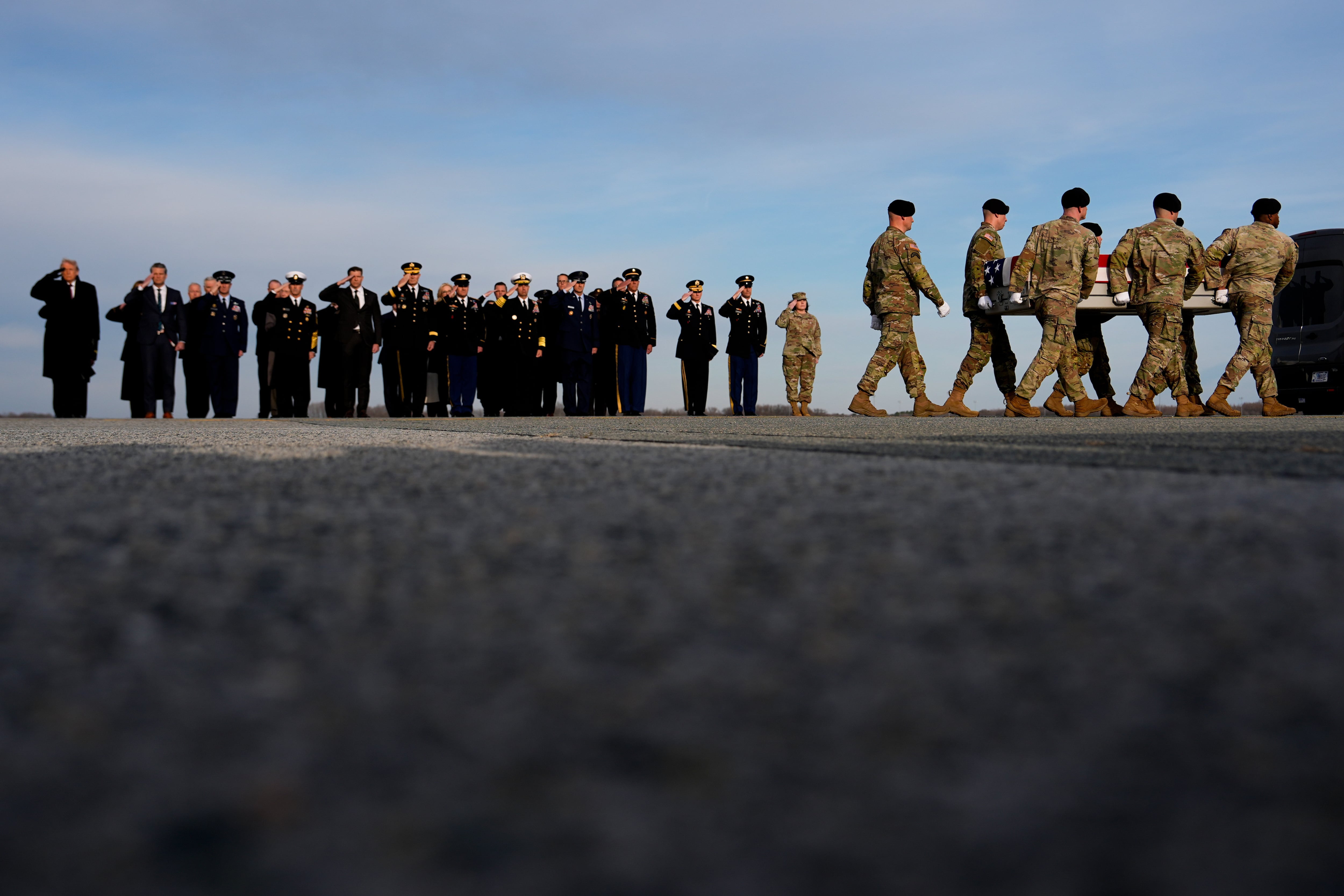When the Army first announced its intention to stand up a new four-star Futures Command, senior leadership said the days of years-long, expensive modernization programs and murky requirements were over.
While failing early and often can prevent some of those issues before an idea becomes a program of record, there are still some risks that, by trying to be a more nimble and innovative enterprise, AFC could still run into cost increases and drawn-out timelines if it jumps too hard on emerging technologies, according to a Government Accountability Office report released Wednesday.
“There are a variety of ways to fail when it comes to developing these technologies,” Jon Ludwigson, the GAO’s acting director of contracting and national security acquisitions, told Army Times in a Wednesday phone interview. “I guess the way that I would look at it is, you can make sure that you have it right, or hope that you’ll get it right.”
The study was mandated by the 2018 National Defense Authorization Act, to take the temperature of Futures Command as it stood up. The Army officially activated the command in August, headquartered at the University of Texas in Austin.
In general, the report found, the Army has applied best practices that GAO has previously touted, including close collaboration with senior leadership. On the other hand, the report found, there were a couple things that could be improved.
AFC’s plans to develop weapons systems with emerging technology could come back to hurt it, the report said.
“GAO has raised concerns about this type of practice for almost two decades for other Army acquisitions, because proceeding into weapon systems development at earlier stages of technology maturity raises the risk that the resulting systems could experience cost increases, delivery delays, or failure to deliver desired capabilities,” according to the report.
The GAO, Lugwigson said, is wary of creating programs around emerging technologies, before having a chance to test them in an operational environment.
“As the Army identifies the capability, there are technologies that are used to achieve that capability,” he said. “What GAO has found is, there’s an advantage to maturing those technologies before you begin what’s called a program of record.”

The Army is already required to test them in a “relevant” environment, he said, but a training situation, for example, might not give a good enough gauge of whether something will be useful.
“And the distinction between those two is, when you test something in an operational environment, you might discover that the technology isn’t as mature as you thought it was,” he said.
And if you’ve already stood up a program for it, he added, waiting for that technology to mature could delay delivery. And as the Army has learned, what they have in hand at the end might already be outdated.
“They ultimately were told to stop developing them because they were spending too much money and not delivering anything to the soldiers,” Ludwigson said of past programs, like Future Combat Systems.
Instead, the GAO recommends early prototyping and testing of components or entire packages of capabilities.
“We’re not against failing early, we just think that you should fail early before you commit to a program,” he said. "What GAO has routinely said is, you need to make sure that you get it right, so that hope isn’t your plan. "
Lessons learned
The GAO also recommended that the Army codify its guidelines for capturing lessons learned and report them to its in-house organization, the Army Center for Lessons Learned.
“[Cross-functional teams] we saw as a really good thing. We have a whole list of leading practices for CFTs,” Ludwigson said. “And, really, our concern there is just that the Army continues to do some of the things that they’ve been doing in those pilots.”
For example, he said, the regular team meetings with top Army officials, including the chief of staff, vice chief of staff and the undersecretary.
“Making sure that at least that linkage is still there, so that those folks are informed,” Ludwigson said.
Everything that’s gone well, and also what hasn’t, should be recorded and preserved, according to the report. In speaking with leadership from AFC, Ludwigson said, there was a mandate for that, but no agreed upon process.
“Getting those down and communicating those as this new command stands up is going to be vital, to make sure that they’re not reinventing the wheel or committing the same mistakes as they stand up this new command,” Ludwigson.
The Center for Army Lessons Learned is the logical place to receive them, he said.
“The directive that set up the CFTs said, ‘Hey, it would be a good idea to get the lessons learned,’ but there was nothing formal in place,” Ludwigson said, adding that in conversations with AFC, the response was, “Yeah, absolutely, that’s something we need to do."
The Defense Department concurs with all of the GAO’s recommendations, according to a letter from James Faist, the director of defense research and engineering for advanced capabilities, included in the report.
RELATED

Another GAO report on AFC is forthcoming, after Sen. Ben Cardin, D-Maryland, called for an evaluation of the command’s effect on small business contractors last summer.
Meghann Myers is the Pentagon bureau chief at Military Times. She covers operations, policy, personnel, leadership and other issues affecting service members.





